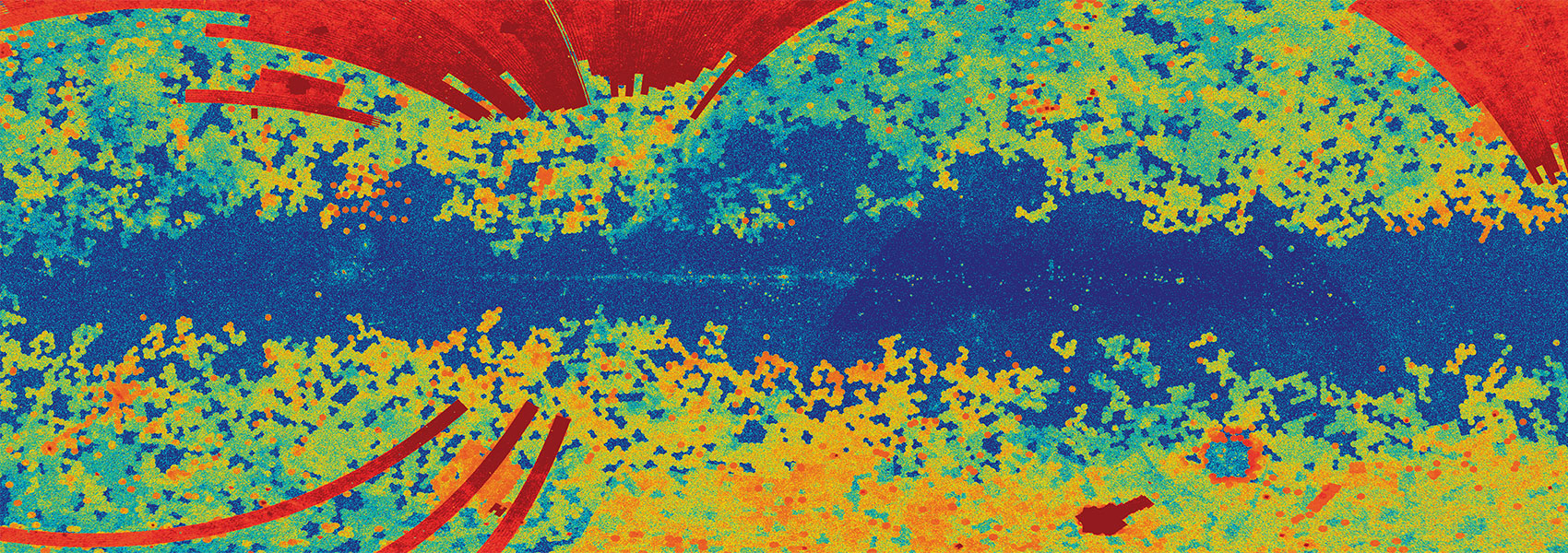November
2012
•
2012ApJ...760...72X
Authors
•
Xu, C. K.
•
Shupe, D. L.
•
Béthermin, M.
•
Aussel, H.
•
Berta, S.
•
Bock, J.
•
Bridge, C.
•
Conley, A.
•
Cooray, A.
•
Elbaz, D.
•
Franceschini, A.
•
Le Floc'h, E.
•
Lu, N.
•
Lutz, D.
•
Magnelli, B.
•
Marsden, G.
•
Oliver, S. J.
•
Pozzi, F.
•
Riguccini, L.
•
Schulz, B.
•
Scoville, N.
•
Vaccari, M.
•
Vieira, J. D.
•
Wang, L.
•
Zemcov, M.
Abstract
•
The infrared (IR) emission of "M * galaxies" (1010.4 <= M star <= 1011.0 M ⊙) in galaxy pairs, derived using data obtained in Herschel (PEP/HerMES) and Spitzer (S-COSMOS) surveys, is compared to that of single-disk galaxies in well-matched control samples to study the cosmic evolution of the star formation enhancement induced by galaxy-galaxy interaction. Both the mean IR spectral energy distribution and mean IR luminosity of star-forming galaxies (SFGs) in SFG+SFG (S+S) pairs in the redshift bin of 0.6 < z < 1 are consistent with no star formation enhancement. SFGs in S+S pairs in a lower redshift bin of 0.2 < z < 0.6 show marginal evidence for a weak star formation enhancement. Together with the significant and strong sSFR enhancement shown by SFGs in a local sample of S+S pairs (obtained using previously published Spitzer observations), our results reveal a trend for the star formation enhancement in S+S pairs to decrease with increasing redshift. Between z = 0 and z = 1, this decline of interaction-induced star formation enhancement occurs in parallel with the dramatic increase (by a factor of ~10) of the sSFR of single SFGs, both of which can be explained by the higher gas fraction in higher-z disks. SFGs in mixed pairs (S+E pairs) do not show any significant star formation enhancement at any redshift. The difference between SFGs in S+S pairs and in S+E pairs suggests a modulation of the sSFR by the intergalactic medium (IGM) in the dark matter halos hosting these pairs.
Herschel is an ESA space observatory with science instruments provided by European-led Principal Investigator consortia and with important participation from NASA.
Links



